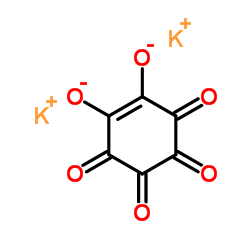Detection of gunshot residues on cadaveric skin using sodium rhodizonate and a counterstain.
R Zoja, A Lazzaro, A Battistini, G Gentile
Index: Biotech. Histochem. 81(4-6) , 151-6, (2006)
Full Text: HTML
Abstract
We report a staining method for cadaveric tissue using sodium rhodizonate as a skin marker for gunshot residues and a counterstain for the surrounding connective tissue. We studied six well preserved subjects who had died of close range gunshot injury. Skin fragments were removed from the bullet entrance hole including both the disrupted area and adjacent macroscopically intact tissue. Because microscopic examination of postmortem material is difficult after histomorphologic alterations already have occurred as a consequence of postmortem tissue changes, it is necessary to use a staining method that, while detecting gunshot residues, can also make skin cell constituents recognizable from both qualitative and quantitative perspectives. Triphenylmethane dyes (acid fuchsin, aniline blue WS, light green SF yellowish, brilliant green and ethyl green) have proven appropriate for the purpose.
Related Compounds
| Structure | Name/CAS No. | Molecular Formula | Articles |
|---|---|---|---|
 |
Potassium Rhodizonate
CAS:13021-40-4 |
C6K2O6 |
|
The determination of firing distance applying a microscopic ...
2007-07-01 [Int. J. Legal Med. 121(4) , 287-92, (2007)] |
|
[Cytotoxic effects of lead on the endocrine and exocrine sex...
2002-09-01 [C R Biol. 325(9) , 927-40, (2002)] |
|
Mechanism of tetrahydroxy-1,4-quinone cytotoxicity: involvem...
1996-01-01 [Free Radic. Biol. Med. 20(5) , 657-66, (1996)] |
|
Macroscopic, microscopic, and chemical assessment of gunshot...
2010-07-01 [J. Forensic Sci. 55(4) , 1092-7, (2010)] |
|
Observations on the histochemistry of barium.
1983-01-01 [Histochemistry 79(1) , 111-6, (1983)] |